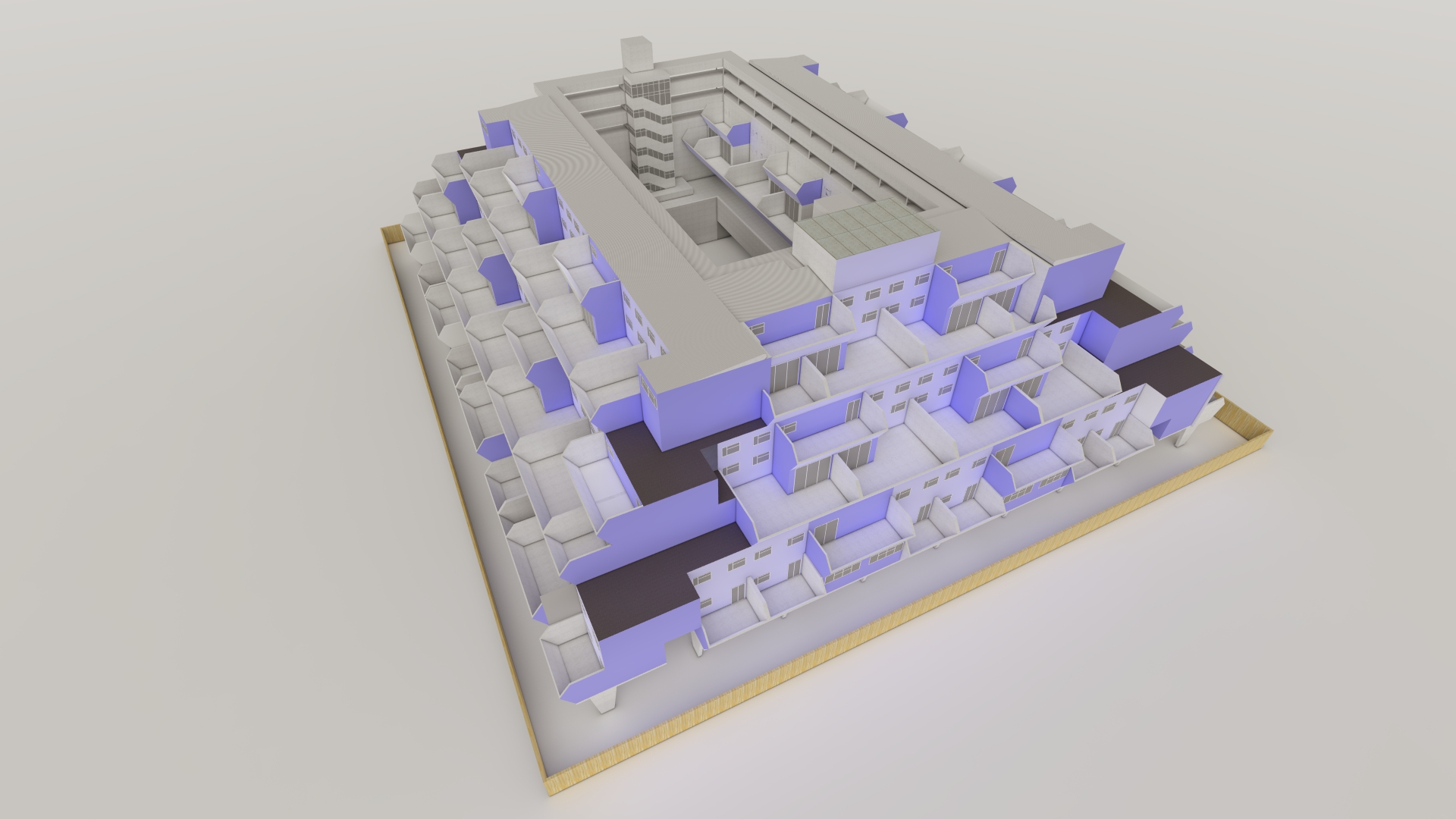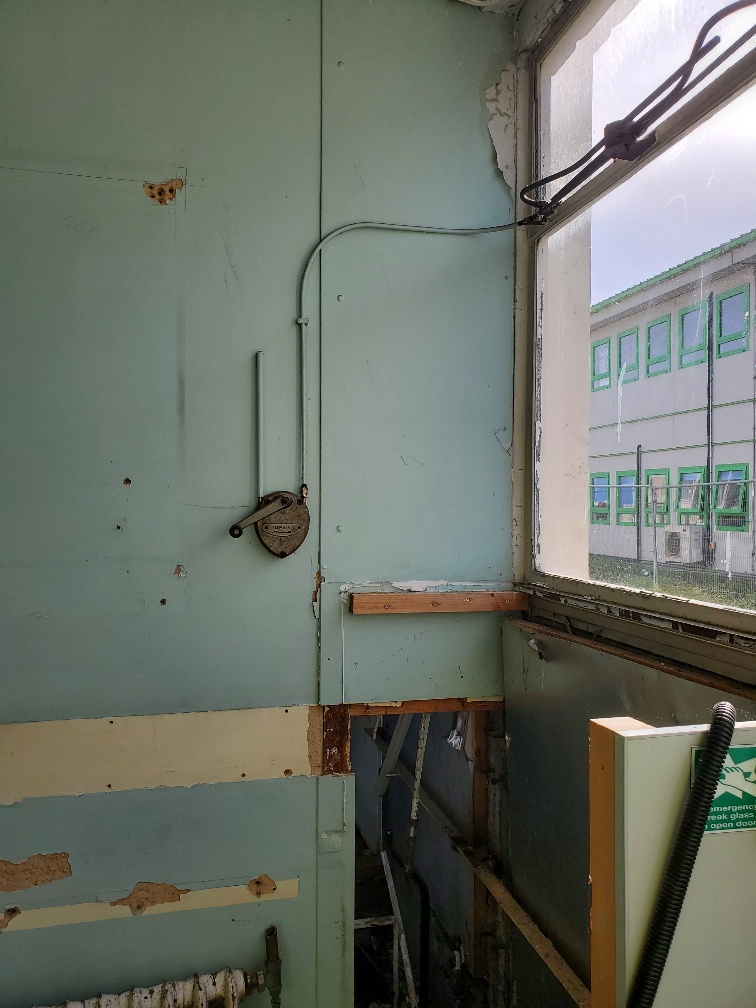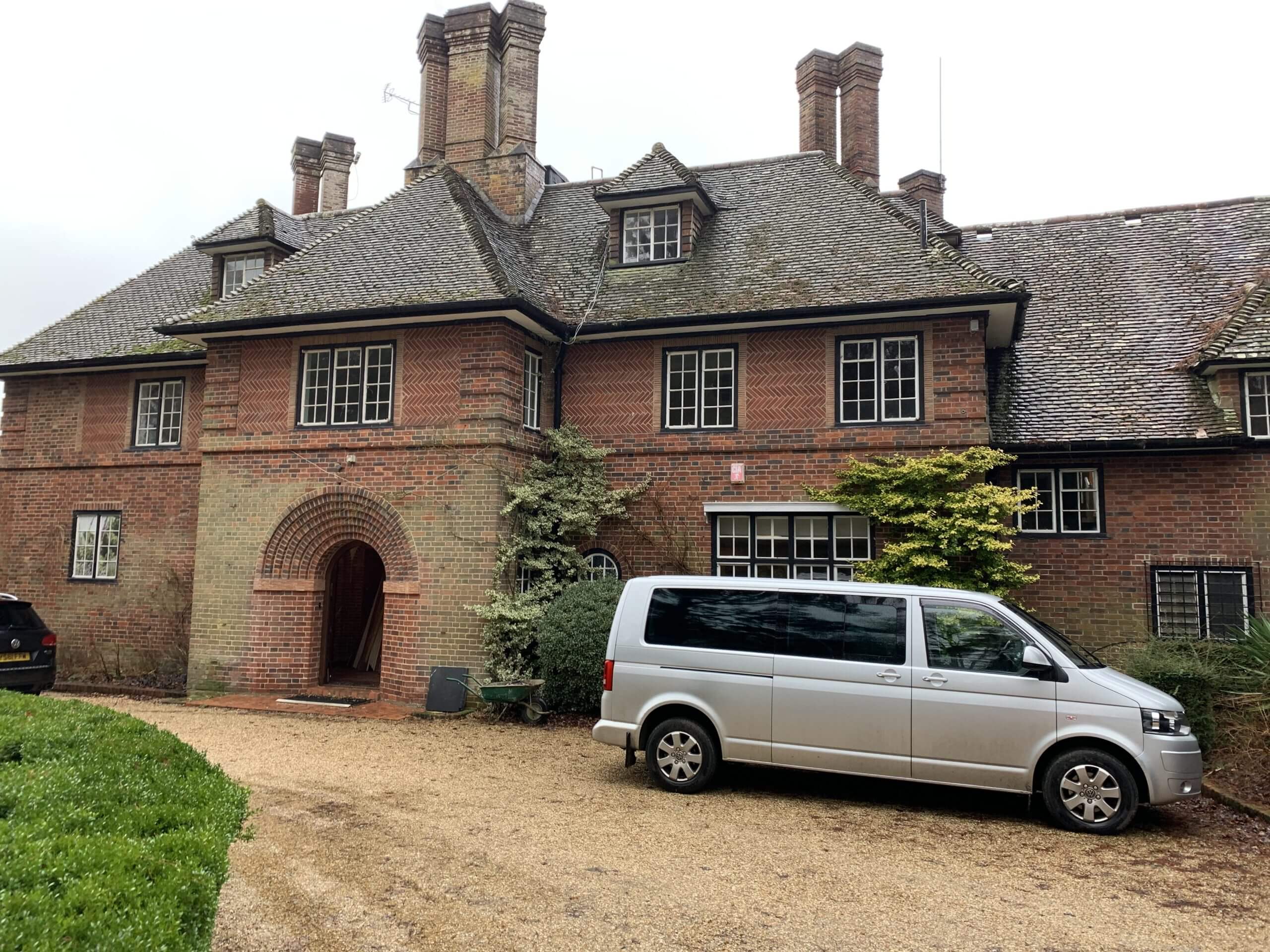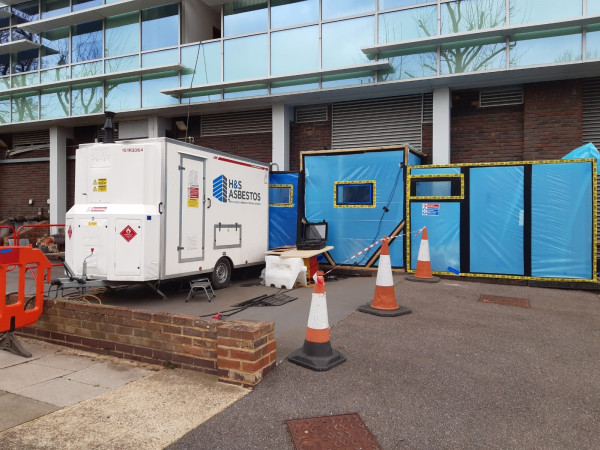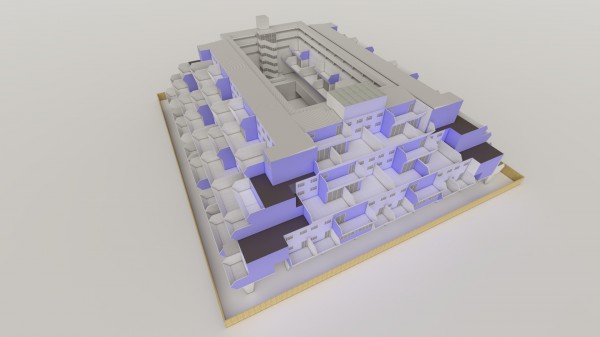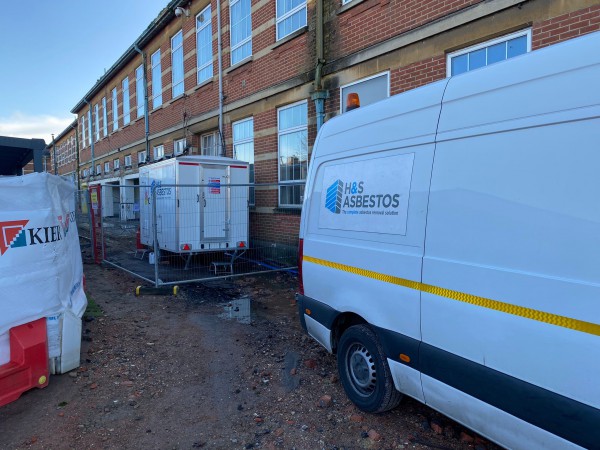Cranfield University Campus, Bedfordshire
Our works at Cranfield University Campus, specifically on aircraft Type-C hangars, meant we carried out removal of asbestos insulation coating residue to columns and walls, in addition to asbestos cement slates to the gable ends. Following this our client then requested supplementary works involving the removal of loose/flaking lead paint and to provide a key for encapsulation by others to the underside of the bottom truss chords.
As our works were being undertaken within aircraft accommodation and on airfields, we needed to have stringent controls and constraints that apply in this environment. Rigorous risk assessments were carried out and measures put in place to control our clients primary concern of Foreign Object Debris (FOD), along with public and other contractors’ protection from our works.
Traditionally a Type-C hangar is the most common of all MOD wartime hangars. The first Type-C hangars were constructed in the interwar RAF expansion period of the mid-1930's and continued until the early 1940's. As such we had to consider the design of the building with its multi-pitched roof and entrances, addressing and taking precautions to ensure the safe control of hangar doors as high winds could affect our operation by impacting our polythene sealed enclosures and be dangerous to personnel working on high-level MEWP’s.

The licensed asbestos removal works consisted of 12m high constructed enclosures, separated into 4 individual areas with safe access provided by MEWP’s, used and operated by our IPAF trained personnel.
The contaminated areas were scrubbed down by hand to remove the asbestos insulation residue with personal monitoring, leak testing and 4 stage reoccupation air clearance to each phase by the Universities nominated independent UKAS accredited analytical company.
500m² of asbestos-based slates at a high level above the doors, to either end of the hangar, were also removed by hand with access provided by MEWP’s, along with stringent attention in relation to FOD.
Before we commenced the lead removals, our personnel involved were given further medicals to comply with the Control of Lead at Work Regulations 2002 and are still undergoing health surveillance concerning blood lead analyses. Furthermore a specific risk assessment and method statement were produced and a specialist independent analytical company was contracted to carryout personal and near source air monitoring to ensure potential exposure concentration levels were kept as low as is reasonably practical.
The entire works were undertaken over a 6-week program with the lead element being scheduled over weekends so as to cause less disruption to other trades, all completed on time to the customers satisfaction.


